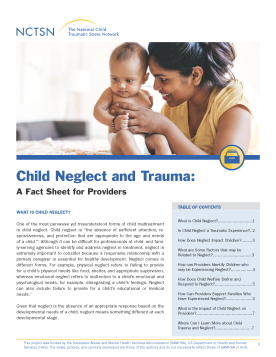
Child Neglect and Trauma: A Fact Sheet for Providers
Offers child-serving providers information about child neglect and trauma.
The following resources on child trauma were developed by the NCTSN. To find a specific topic or resource, enter keywords in the search box, or filter by resource type, trauma type, language, or audience.

Offers child-serving providers information about child neglect and trauma.
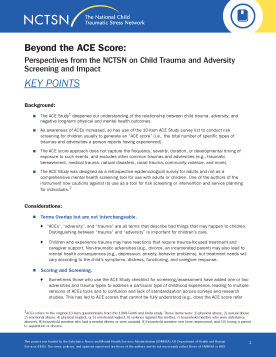
Highlights key points for providers, family advocates, and policymakers to understand about Adverse Childhood Experiences (ACEs) and child trauma. This resource was adapted from...
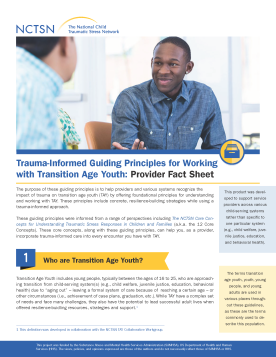
Offers information for providers supporting transition age youth with trauma-informed guiding principles to inform their work.
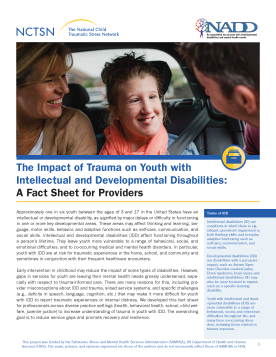
Provides information on the impact that trauma may have on youth with intellectual and developmental disabilities (IDD).
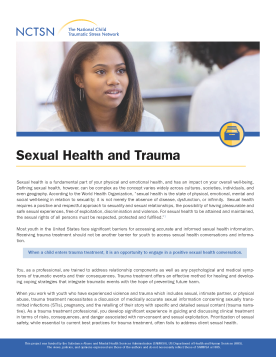
Provides information about sexual health to providers. This fact sheet discusses what sexual health is, the challenges providers face when talking about sexual health, sexual health principles, as well as how trauma impacts sexual health conversations.
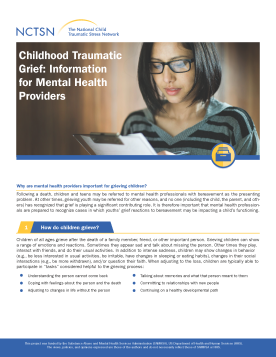
Offers information on why mental health providers are important for grieving children. This fact sheet outlines how children grieve, what Childhood Traumatic Grief is...

Offers providers guidance on the importance of treatment completion.
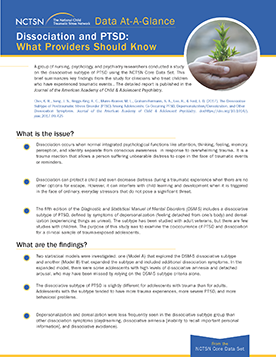
Offers providers information about dissociation and PTSD.

Offers information on the assessment of complex trauma in children.

Gives providers considerations for implementing screening and assessment into their work. This fact sheet offers guidelines to consider when selecting trauma screening or assessment tools to implement in a given system.
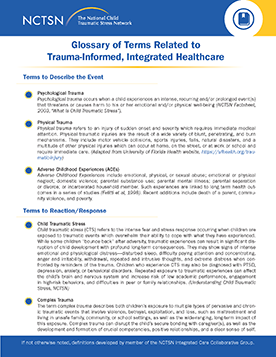
Provides a glossary of terms for healthcare providers to better understand the concepts within trauma-informed integrated care.

Discusses the differences between offering mental health services on site at a CAC versus partnering with other organizations to provide care.